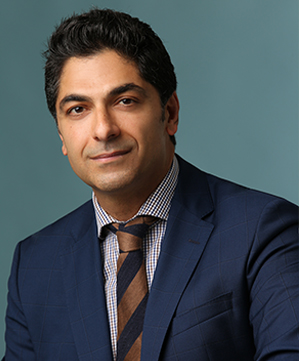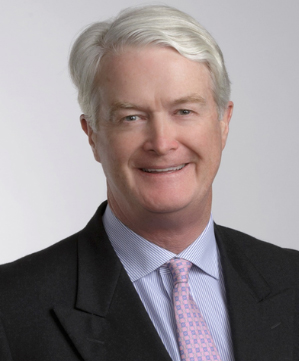Revision Hip Replacement (RHR)
Revision hip replacement is a complex surgical procedure in which all or part of a previously implanted hip-joint is replaced with a new artificial hip-joint. Total hip replacement surgery is an option to relieve severe arthritis pain that limits your daily activities. During total hip replacement, the damaged cartilage and bone is removed from the hip joint and replaced with artificial components. At times, hip replacement implants can wear out for various reasons and may need to be replaced with the help of a surgical procedure known as revision hip replacement surgery.
For revision hip replacement, the implant we use is the Mallory-Head Cup and Arcos Stem (Zimmer-Biomet).
Indications
Revision hip replacement is advised in patients with the following conditions:
- Increasing pain in the affected hip
- Worn out plastic or polyethylene prosthesis
- Dislocation of previous implants
- Loosening of the femoral or acetabular component of the artificial hip joint
- Infection around the hip prosthesis causing pain and fever
- Weakening of bone around the hip replacement (Osteolysis)
Patient Feedback
Excellent hospital, great facilities and helpful, friendly, professional staff. I have been utilising the facilities since 1992 when I had the right hip replaced and the left one revised. Professor Neil did a great job. The hips lasted 18 and 21 years and 2010 and 2013 were revised br Professor Neil. Titanium is not what it used to be, one half of the titanium rod in the right hip failed. In absence of Professor Neil, his young partner Dr Kalanie undertook the 6 plus hour complex revision. The photo gallery, in the office of past associates/trainees helped me to decide to trust Dr Kalanie to do the revision. If he was good enough to merit a partenship with Professor Neil then he was good enough for me. My trust was not misplaced. Six months later, and regular checkups to ensure that bone regenerated satisfactorily. I am spending time and effort at recovery exercises. My life is returning to normal.
Thanks St Vincents and Neil/Kalanie team.
Miklos T.




